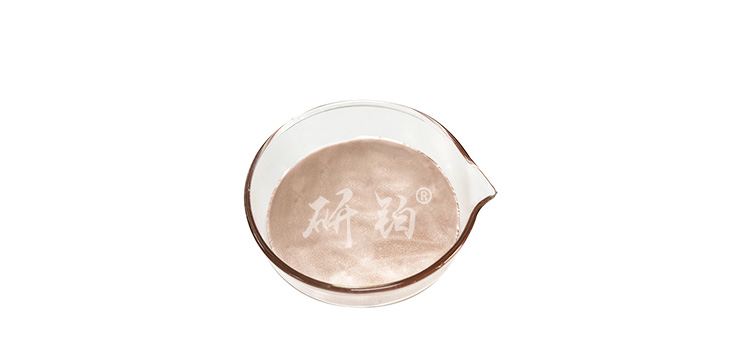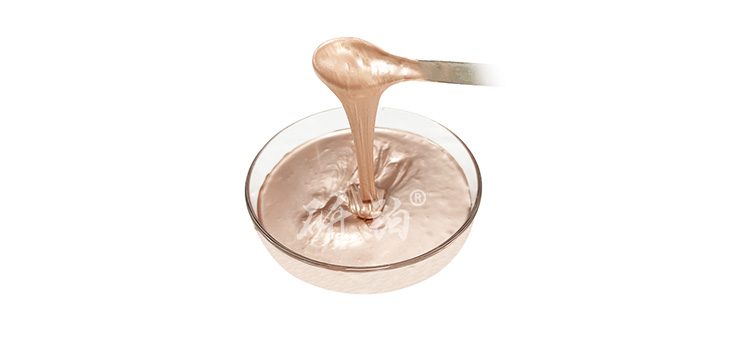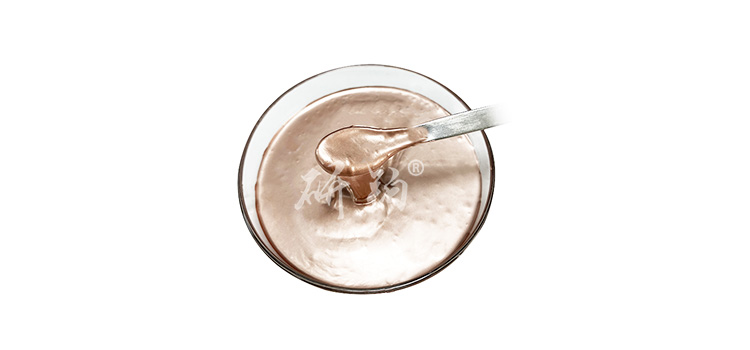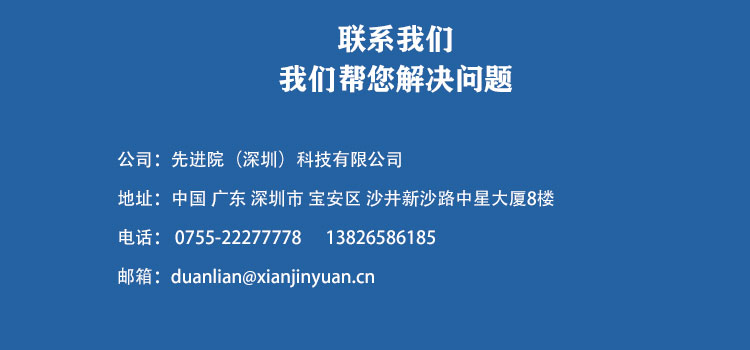

Hotline:0755-22277778
Tel:0755-22277778
Mobile:13826586185(Mr.Duan)
Fax:0755-22277776
E-mail:duanlian@xianjinyuan.cn
In modern electronics industry, low-temperature sintered copper paste is widely used in flexible electronics, integrated circuit packaging and other fields due to its ability to complete sintering at lower temperatures and high compatibility with various substrate materials. However, controlling the porosity of low-temperature sintered copper paste is one of the key steps to ensure the performance of sintered materials. This article will delve into how to control the porosity of low-temperature sintered copper paste, with a focus on the research and development of Advanced Institute (Shenzhen) Technology Co., LtdYB5111 low-temperature sintered copper paste from Yanbo brandUnique advantages in porosity control.
The porosity of sintered body refers to the ratio of pore volume to total volume in the sintered body, which directly affects the electrical conductivity, thermal conductivity, mechanical strength and other properties of the sintered material. Excessive porosity can lead to a decrease in material properties, such as reduced conductivity and mechanical strength; However, a low porosity may affect the flexibility and processing performance of the material. Therefore, reasonable control of the porosity of the sintered body is the key to ensuring the performance of low-temperature sintered copper paste.
Sintering temperature, time, and pressure are key factors affecting porosity. By optimizing these process parameters, the porosity of the sintered body can be effectively controlled.
Using copper powder with uniform particle size distribution and smooth surface as raw material can reduce the porosity during sintering process. High quality copper powder has better sintering performance, which helps to obtain dense sintered bodies. YB5111 low-temperature sintered copper paste from Yanbo brand uses high-quality copper powder as raw material, ensuring the compactness and low porosity of the sintered body.
Thoroughly cleaning and dispersing copper powder before sintering can remove impurities and oil stains on the surface of the copper powder and improve its sintering activity. This helps copper powder to sinter more fully during the sintering process, thereby reducing porosity. YB5111 low-temperature sintered copper paste from Yanbo brand undergoes strict pretreatment process before sintering, ensuring high purity and high sintering activity of copper powder.
Using inert gases (such as nitrogen, argon, etc.) for protection during sintering can prevent copper powder from reacting with oxygen in the air, thereby reducing porosity. The oxygen content in the atmosphere can also affect the porosity of the sintered body. If the oxygen content is too high, copper powder may react with oxygen, resulting in an increase in porosity. Therefore, it is necessary to control the oxygen content in the atmosphere within an appropriate range. During the sintering process of YB5111 low-temperature sintered copper paste, inert gas protection is used to effectively reduce the porosity.
By densification treatment (such as hot pressing, isostatic pressing, etc.), the porosity of the sintered body can be further reduced, and its density and properties can be improved.YB5111 low-temperature sintered copper paste from Yanbo brandAfter sintering, appropriate densification processes can be used to further improve the performance of the material.
YB5111 low-temperature sintered copper paste from Yanbo brand has the following unique advantages in porosity control:

Controlling the porosity of low-temperature sintered copper paste requires multiple approaches. By optimizing sintering process parameters, improving raw material properties, optimizing pre-treatment processes before sintering, controlling the atmosphere during sintering, and implementing subsequent treatments, the porosity of the sintered body can be effectively reduced and ideal material properties can be obtained. The YB5111 low-temperature sintered copper paste developed by Advanced Institute (Shenzhen) Technology Co., Ltd. has shown excellent performance in porosity control, providing a high-performance, low porosity sintered material solution for the electronics industry.
The above data is for reference only, and specific performance may vary due to production processes and product specifications.

Advanced Institute (Shenzhen) Technology Co., Ltd, © two thousand and twenty-onewww.leird.cn. All rights reservedGuangdong ICP No. 2021051947-1 © two thousand and twenty-onewww.xianjinyuan.cn. All rights reservedGuangdong ICP No. 2021051947-2